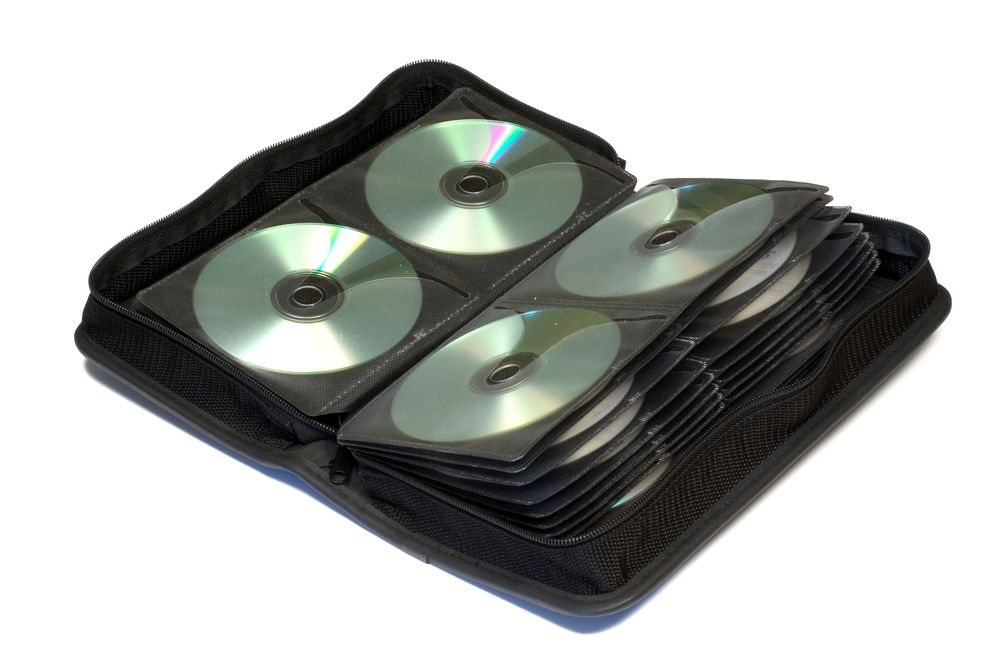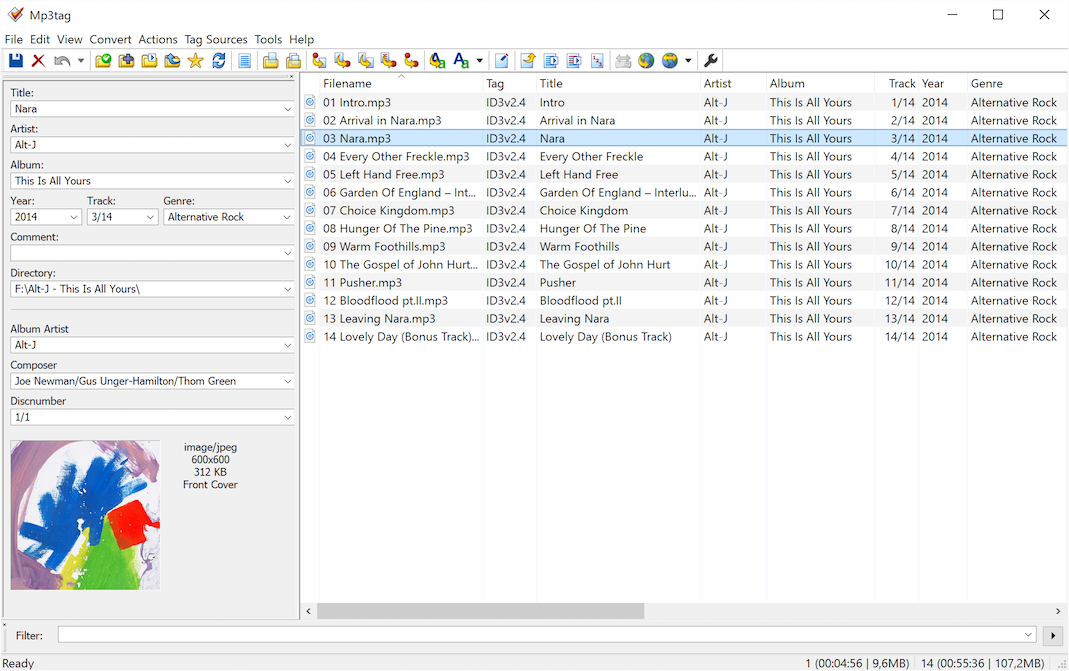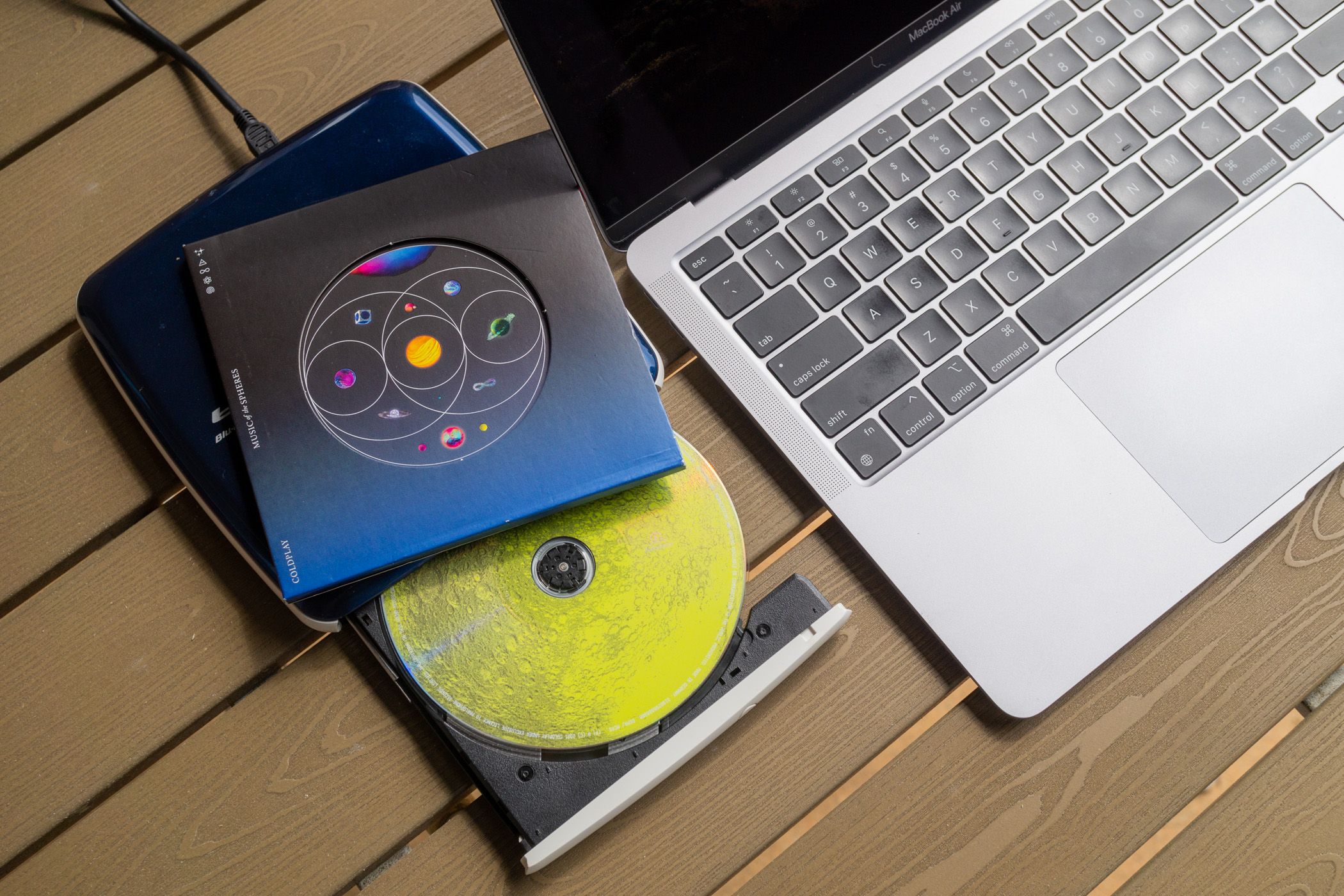I’m not writing this piece to say that streaming music is bad, but when everything is handed to you, there’s no real discovery, just mere consumption. The emotional bond that came from curating an MP3 collection, from physically or digitally managing files and playlists, is largely gone.
Music Used to Be Something You Collected
Before streaming services dominated our listening habits, music existed as physical objects you could hold in your hands. My family had a shelf that once groaned under the weight of CDs, each one representing not just songs but memories and milestones. As a teenager, every monthly allowance meant a pilgrimage to the record store, where I’d spend hours flipping through cases, reading liner notes, and agonizing over which albums deserved to come home with me.
Every song on my computer, iPod, or SD card was there because I made a conscious decision to seek it out, download it, and organize it. Even pirated tracks carried a weird kind of sentimental weight because of the time and effort it took to find a decent-quality version on LimeWire, without accidentally downloading a virus.
Trading was another ritual that made MP3s feel personal. We’d meet up with external hard drives or flash drives to swap rare tracks and bootlegs. That’s how I stumbled upon one of my favorite bands—through a classmate’s throwaway B-side. These exchanges became social currency, with your reputation tied to the quality and uniqueness of your collection.
I also remember burning CDs for road trips, carefully curating playlists, agonizing over song order, transitions, and even adding a Sharpie title to the disc. You had to think about storage space. You had to decide what was worth keeping. That decision-making process made music feel more personal and more valuable.

Related
How I Converted my Mom’s Vinyl Collection to MP3
Converting vinyl to digital music is complicated but not impossible.
The Personal Touch Was Everywhere
There was something deeply personal about how you interacted with your MP3 collections, beyond just acquiring the songs. Everyone had their own system. Some people had hyper-organized folder structures with subfolders for artists, albums, and years. Others had chaotic catch-all folders where genres, moods, and impulse downloads collided. Either way, your music library looked like you.
Renaming tracks was practically a rite of passage. I’d fix capitalization, remove garbage like “Track01_final_FINAL.mp3,” and sometimes even add little emojis or tags to help me find the vibe I wanted later. If I needed an album art, I would source it manually from Google Images, usually in embarrassingly low resolution. But when it all came together, your media player of choice—Winamp, iTunes, Foobar—felt like your own digital shrine.
Compare that to streaming today. Every album is spotless. Every track is tagged, sorted, and normalized. Yes, it’s sleek and uniform, no doubt, but your library is basically the same as everyone else’s, just shuffled differently. There’s no texture, no handwriting in the margins.
I Learned Some Tech Just to Listen to Music
Half the reason I got “good” at tech (maybe I’m exaggerating) was because music made me do it. Beyond learning how to flash firmware or convert file formats, I also learned what a codec was, how to jailbreak an iPod, and how to reformat drives.
When I wanted a custom ringtone, I figured out Audacity or its alternatives. In wanting an album art, I figured out how to edit ID3 tags. When I physically moved files between devices, every step taught me something. I learned the difference between .mp3 and .wma. I knew that 128 kbps was easier to fit on a 512 MB player, while 320 kbps felt luxurious.
That era also made me a problem-solver. If my songs wouldn’t play, I hunted for drivers and trawled forums for solutions. All that effort, just to hear my favorite songs on the bus the next morning.
You Knew Every Song in Your Library
Because every track you added to your device took time, effort, and storage space, you probably learnt every song in your library by heart. I remembered the track numbers. I knew the exact moment the beat would drop or when the bridge would hit. I could shuffle my library and immediately identify every track within the first few seconds.
Contrast that with streaming today, which encourages skimming. You don’t have to commit to a song when there are 100 million more waiting. You skip more than you sit with. You forget more than you discover.
Offline Listening in the MP3 Era Was Uninterrupted and Liberating
Privacy was baked in with MP3s. Once your MP3 collection was loaded onto your device, the outside world ceased to matter. Nobody was tracking what I was listening to or when. There was no Spotify Wrapped trying to summarize my personality into a couple of graphs and top genres (though, okay, that can be fun). I didn’t need an internet connection, I didn’t battle with sudden buffering, and no algorithm nudged me toward something else. It was just you and your music, existing in perfect harmony.
The beauty didn’t stop there. MP3s handed you the reins when it came to sound quality. If you had an ear for detail—or just didn’t want your favorite tracks sounding like they came through a tin can—you could opt for higher bitrates to get closer to CD-quality audio. Streaming, on the other hand, often compresses audio to save bandwidth, and yeah, that can take the edge off, especially if your ears are tuned in to the subtleties.








